Crohn Disease and Ulcerative Colitis: A Photo Essay
Ulcerative colitis is primarily a mucosal disease, and other changes appear to be secondary to this process. By contrast, Crohn disease, or granulomatous colitis, involves the whole thickness of the bowel wall.
In approximately 40% of patients, Crohn disease affects the terminal ileum (Figure) and the cecum.
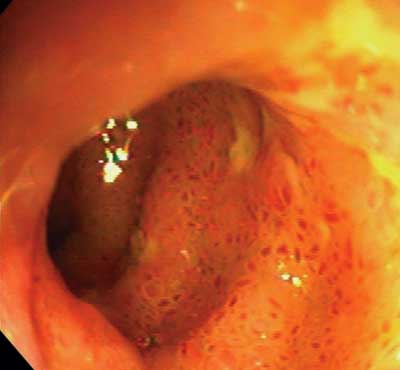
Photo courtesy of Michael F. Picco, MD, PhD.
Crohn disease presents as isolated colonic disease in approximately 25% of patients. Colonic involvement may be patchy or continuous from the rectum; the latter presentation may be difficult to distinguish from ulcerative colitis.
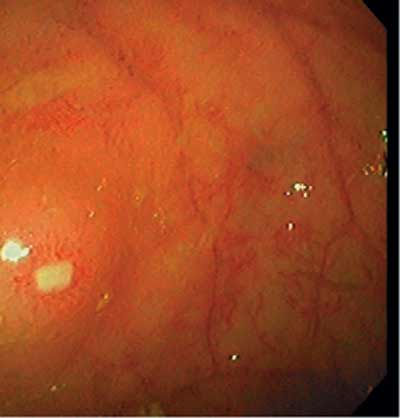
Photo courtesy of Michael F. Picco, MD, PhD.
This colonoscopic image shows the moderate to severe inflammation of the ileum typical of Crohn disease.
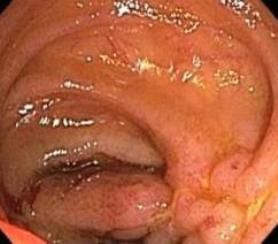
Photo courtesy of David Schwartz, MD.
This colonoscopic view of the ileum-from a slightly different angle than the one on the previous page-also shows the moderate to severe inflammation typical of Crohn disease.
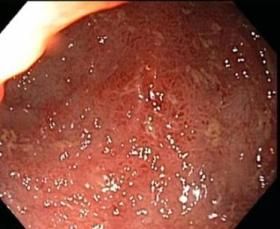
Photo courtesy of David Schwartz, MD.
Severe colitis is characterized by ulceration, friability, and mucopurulent exudates.
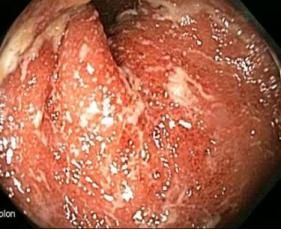
Photo courtesy of David Schwartz, MD.
Pseudopolyps (distinct, irregular raised areas of normal-appearing mucosa) are seen here among areas of friability, fibrous stranding, and ulceration in a patient with ulcerative colitis. The growths-a combination of reactive hyperplasia and mucosal ulceration, are not an uncommon finding in patients with severe or chronic ulcerative colitis.
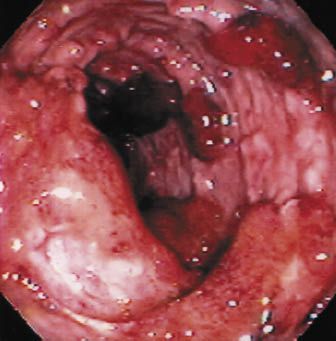
Photo courtesy of Chad M. Sisk, DO.
Click here to return to first image
Clinical Tips for Using Antibiotics and Corticosteroids in IBD
January 5th 2013The goals of therapy for patients with inflammatory bowel disorder include inducing and maintaining a steroid-free remission, preventing and treating the complications of the disease, minimizing treatment toxicity, achieving mucosal healing, and enhancing quality of life.